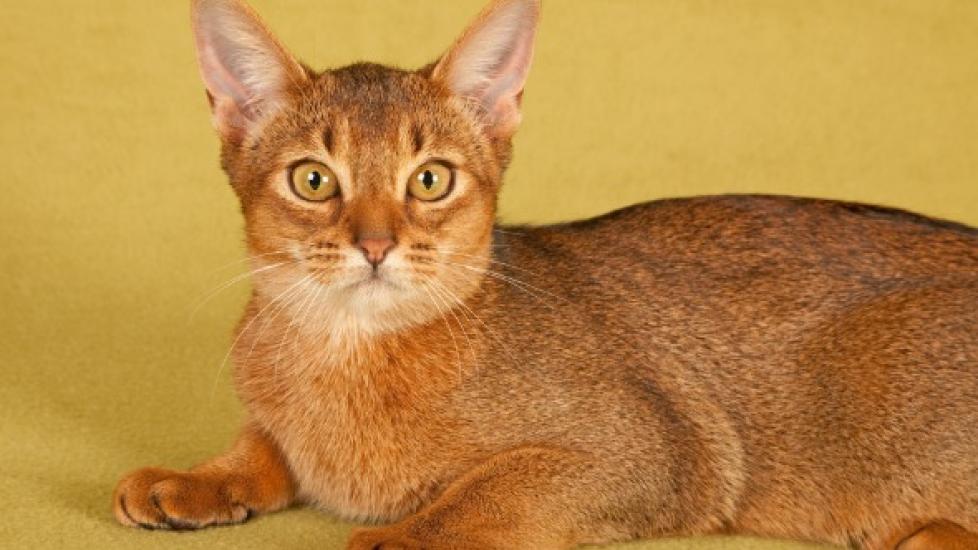Carbon Monoxide Poisoning in Cats
Carbon Monoxide Toxicosis in Cats
Carbon monoxide is a colorless, odorless, nonirritating gas produced by the inefficient combustion of carbon fuels. It is potentially toxic for cats as well as humans. Unventilated kerosene or propane heaters, gasoline engines, automobile exhaust, or fumes from carbon-based fuel heating systems are all potential sources for carbon monoxide toxicity.
When inhaled, this gas is readily absorbed into the blood, combining with hemoglobin to form carboxyhemoglobin, reducing oxygen delivery to the body, and thereby leading to decreased utilization of oxygen in the brain and heart. Most cases of carbon monoxide toxicity in pets occur as a result of human error, such as when a cat has been left in an enclosed area where carbon monoxide is being released. For example, a cat left in an enclosed garage with a running automobile can be exposed to toxic levels of carbon monoxide in about ten minutes. Cats are also exposed to toxic levels of carbon monoxide when they are trapped in a building that is on fire. Prolonged exposure to carbon monoxide will lead to hypoxemia and eventually death.
Symptoms and Types
Depending upon the concentration and duration of exposure of carbon monoxide, the symptoms may be acute or chronic in nature.
- Sleepiness
- Cherry red skin and mucous membranes (e.g., nostrils, lips, ears, genitals), but this is usually not visible in most animals
- Weakness
- Lethargy
- Dizziness
- Seizures
- Uncoordinated movements
- Difficulty in breathing
- Abortion in pregnant animals, especially those in late gestation period
- Depression
- Loss of hearing
- Coma
- Death
Symptoms with chronic exposure to carbon monoxide include:
Causes
Exposure to any source of carbon monoxide, like:
- Incomplete combustion of carbon fuels
- Accidentally leaving cat in a closed garage with automobile engine turned on
- Poorly ventilated areas with any source of carbon monoxide (e.g., fireplace, oven, barbecue grill)
- Unventilated furnaces
- Gas water heaters
- Gas or kerosene heaters
- House fires
Diagnosis
The foremost step in carbon monoxide toxicity is to get your cat away from the source of the carbon monoxide. Carbon monoxide toxicity is a life-threatening condition requiring immediate veterinary intervention. Your veterinarian will start immediate oxygen therapy to remove the carbon monoxide from the blood and bring your cat's oxygen levels back to normal. While your cat is receiving oxygen your veterinarian will collect samples of blood for diagnostic testing. A complete blood count, biochemistry profile, urinalysis and other applicable body fluid tests will be performed. Your veterinarian will also collect samples for determination of carboxyhemoglobin levels in the blood. Establishing the levels of carbon monoxide in the blood is the most useful test for basing the initial treatment plan.
Carboxyhemoglobin levels rise in acute cases and drop within a few hours once exposure to the source of the carbon monoxide has been removed. Levels of acids in the blood will also be determined during blood testing, as acid concentrations tend to rise in response to this condition and their values will determine the appropriate diagnosis and medical response. Other diagnostic tools your veterinarian may use include an electrocardiogram (ECG) to determine whether the heart has also been affected.
Treatment
If you suspect that your cat has been subjected to excessive amounts of carbon monoxide, immediately call for veterinary help. In the meantime, remove your cat from the source of the toxic gas to a location where it can breathe fresh air. Your veterinarian will start emergency treatment to restore adequate levels of oxygen to the vital organs. Supplementation of 100 percent pure oxygen is the best method for initiating a quick recovery. Fluids will also be given to improve blood perfusion to vital organs like the brain, as well as to normalize the increased concentrations of acids in blood.
Living and Management
While your cat is recovering from the carbon monoxide poisoning, limit its activity for at least six weeks. Encourage the cat to relax as much as possible and make a place where it can go to be alone, while still being available, as some cats need extra attention during a time of stress such as this. Watch your cat for any recurrence of symptoms and call for help if you suspect any untoward symptom in your cat. Nervous symptoms may be seen in some animal patients weeks after the initial recovery. If you do become aware of any nervous system abnormalities, call your veterinarian for advisement.
Carbon monoxide is as lethal to you as to your cats, therefore, use carbon monoxide detectors at home to prevent possible or re-occurring episodes. The human element is the most important line of prevention. Protect your cats from any sources of carbon monoxide.
